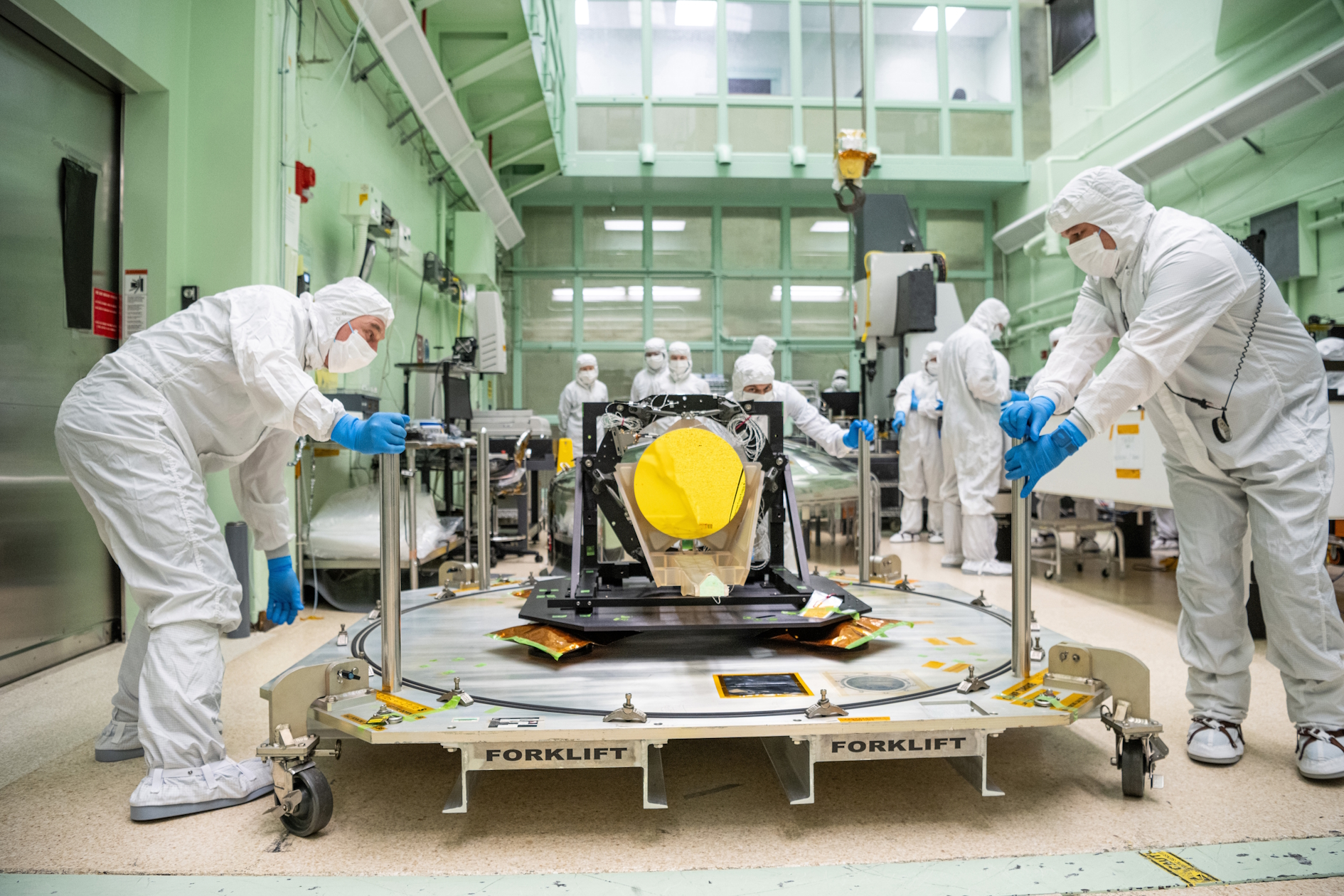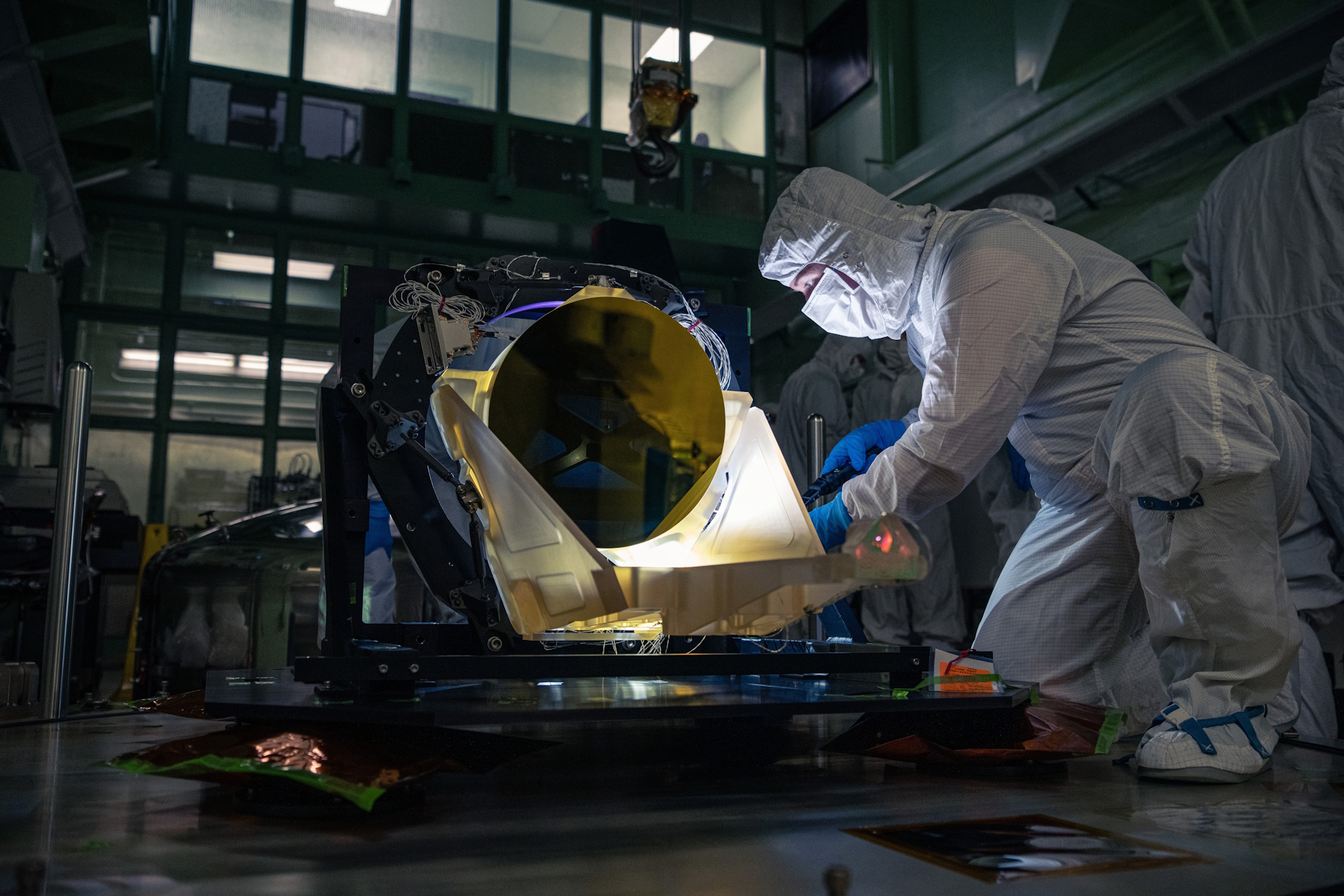Caltech’s Laser Interferometer Gravitational-wave Observatory (LIGO) seeks a highly motivated and skilled Senior Vacuum Engineer to join its Cosmic Explorer Beamtube Experiment (CEBEX) team at the Richland, Washington observatory site. LIGO Laboratory is a major National Science Foundation facility dedicated to observing the newly discovered gravitational-wave universe. Jointly operated by the California Institute of Technology and the Massachusetts Institute of Technology, LIGO operates the world’s leading gravitational observatories near Richland, WA and Baton Rouge, LA, as well as campus R&D centers in Pasadena, CA and Cambridge, MA.
To learn more about LIGO Laboratory, please visit LIGO.caltech.edu. The Laboratory’s mission supports the young science of gravitational-wave physics and astronomy and includes observatory operations, analysis and dissemination of astrophysical observations, detector science and technology R&D, gravitational-wave astrophysics, and education and public outreach.
LIGO now also leads the effort to expand humanity’s gravitational wave horizon with a next-generation observatory, Cosmic Explorer (CE). Slated for construction in the 2030’s, CE will be ten times the size and reach of LIGO, able to gather signals from the edge of the observable universe.
The selected applicant will join an elite team charged with conceiving, designing, building, and testing advanced technology for the CE vacuum systems, destined to be the largest ultrahigh vacuum systems ever built. We will exercise and develop this technology in a new, purpose-built UHV research facility, the Cosmic Explorer Beamtube Experiment (CEBEX) Laboratory, located at LIGO Hanford.
Current Washington and Louisiana LIGO installations occupy 4 km scale, 10 million-liter UHV systems operating at one trillionth of atmospheric pressure (10-9 millibar), making them the two largest contiguous UHV volumes ever constructed. To further expand sensitivity, a new observatory will be constructed: Cosmic Explorer (CE). This observatory will require beamtubes 10x longer, up to 40 km in length. This will multiply CE’s detectable source range by ten, increasing the accessible volume of space thousandfold. However, UHV structures of this size and volume have never been attempted.
As a key member of the Cosmic Explorer Beamtube Experiment (CEBEX) team, the selectee will contribute to the modeling, trade study, design, fabrication, installation, bakeout and characterization of engineering prototypes and technology demonstrators for CE beamtubes up to 40 km in length. Tests will include industrial fabrication and qualification of a planned 1.2-meter diameter, 120-meter-long demonstration tube, to be erected in the new purpose-built CEBEX laboratory at the LIGO Hanford Observatory (LHO). In parallel, the chosen candidate will take a lead role in forging results of these investigations into a conceptual reference design, construction plan, and parametric cost estimate for CE. These will form the core of our future CE Observatory construction proposal.
This is a Campus Critical position. An employee designated as campus critical is expected to be aware of the campus emergency management plan and to report to Campus as soon as possible in the event of an emergency to assist in campus wide response and recovery efforts.
Essential Job Duties
- Collaborate with research scientists and engineers in modeling and investigation of UHV techniques, welding and fabrication technology, structural statics and dynamics, thermal processing, surface preparation, residual gas characterization, material surface analysis, and related disciplines.
- Establish, track, and maintain team workplans, schedules and budgets to accomplish mission objectives.
- Supervise and mentor junior engineering and technical staff.
- Plan and oversee specification and procurement of instruments and equipment, including budget development, scheduling, technical requirement definition, competitive vendor selection, contract monitoring, and quality assurance.
- Responsible for professional communication (written and verbal) internally within the organization and externally to parties outside the organization. This includes liaising and interacting with US and international collaborators, contributors, and industrial partners.
- Liaising, collaborating, and exchanging information with LIGO Laboratory vacuum teams concerning best practices, organization standards and methods.
- Serve as a contributing member or chair on Design, Technical, Installation and other internal Review panels as may be required.
- Initiate and collaborate in writing and delivering research papers and technical presentations.
- Develop, oversee, and evaluate UHV material preparation and test facilities, including cleaning plants, bake ovens, and outgassing test chambers used to prepare or characterize UHV components and instrumentation.
- Travel as requested to other LIGO campus and observatory sites, major vendor facilities, and collaborating institutions, both domestic and international.
- Undertake additional leadership or contributing responsibilities as needs of the program may require.
- Other duties as assigned.
Basic Qualifications
- BS degree in Mechanical, Aerospace, Chemical or Systems Engineering, Physics, Material Science, or a related scientific or engineering field.
- 8 or more years of direct vacuum engineering or research work experience in relevant industrial or scientific applications.
- Demonstrated proficiency in practical design, analysis, and performance characterization of high- or ultra-high vacuum systems, including structural and safety analysis, pressure measurement, pump and valve selection, surface preparation, bakeout, and seal technology.
- Thorough knowledge and experience in selection and application of UHV-compatible materials, material processes (welding, surface preparation, etc.)
- Demonstrated proficiency in application and interpretation of spectra from residual gas analyzers.
- Experience in application of helium mass‐spectrometer leak detection (MSLD) apparatus.
- Effective English‐language written and verbal communication skills and habits.
- Proven ability to mentor junior engineering and technical staff.
- Level-headed professionalism and excellent interpersonal and team skills.
- An automobile driver’s license valid in the United States, or ability to obtain one once employment begins.
- Ability to lift at least 20 pounds.
Preferred Qualifications
- Master’s or Doctoral graduate degree in Mechanical, Aerospace, Chemical or Systems Engineering, Physics, Material Science, or a related scientific or engineering field.
- Certificate, coursework, or other professional qualification in Project Management.
- Demonstrated expertise in application of industrial automation to large-scale vacuum systems.
- Hands-on experience in building, improving, and maintaining high- or ultra- high vacuum systems.
- Experience related to fluid, cryogen, pressure, flow rate, and gas sensors and instrumentation.
- Computer-aided design (CAD) experience and demonstrated proficiency (SolidWorks™ preferred).
- Finite-element analysis (FEA) experience and demonstrated proficiency (e.g., Ansys™, COMSOL™ or equivalent).
- Gas dynamical modeling expertise (e.g., using MOLFLOW™ or equivalent Monte Carlo codes).
Required Documents
- Cover Letter summarizing your relevant experience to this role and also your interest in LIGO Lab.
- Resume.
Please find here full details.

